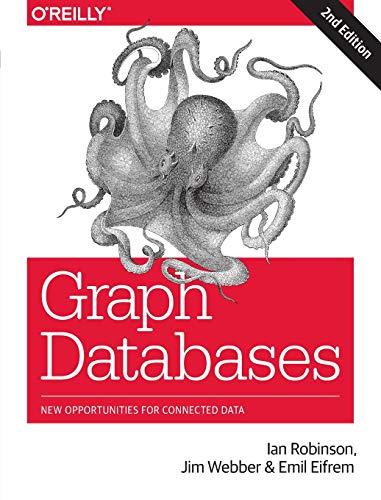Question
package algs24; import stdlib.StdIn; import stdlib.StdOut; /** * The PtrHeap class is the priorityQ class from Question 2.4.24. * It represents a priority queue of
package algs24;
import stdlib.StdIn; import stdlib.StdOut;
/** * The PtrHeap class is the priorityQ class from Question 2.4.24. * It represents a priority queue of generic keys. * * It supports the usual insert and delete-the-maximum * operations, along with methods for peeking at the maximum key, * testing if the priority queue is empty, and iterating through * the keys. * For additional documentation, see Section 2.4 of * Algorithms, 4th Edition by Robert Sedgewick and Kevin Wayne. */
public class PtrHeap
/** Return the number of items on the priority queue. */ public int size() { return size; }
/** * Return the largest key on the priority queue. * Throw an exception if the priority queue is empty. */ public K max() { return null; }
/** Add a new key to the priority queue. */ public void insert(K x) { return; }
/** * Delete and return the largest key on the priority queue. * Throw an exception if the priority queue is empty. */ public K delMax() { return null; }
private void showHeap() { // a method to print out the heap // useful for debugging }
public static void main(String[] args) { PtrHeap
}
}
Step by Step Solution
There are 3 Steps involved in it
Step: 1

Get Instant Access to Expert-Tailored Solutions
See step-by-step solutions with expert insights and AI powered tools for academic success
Step: 2

Step: 3

Ace Your Homework with AI
Get the answers you need in no time with our AI-driven, step-by-step assistance
Get Started


